FREE HOTEL TIPS & TRICKS
Google Hotel Ads: Everything a hotelier needs to know
(first published on February 12, 2019)
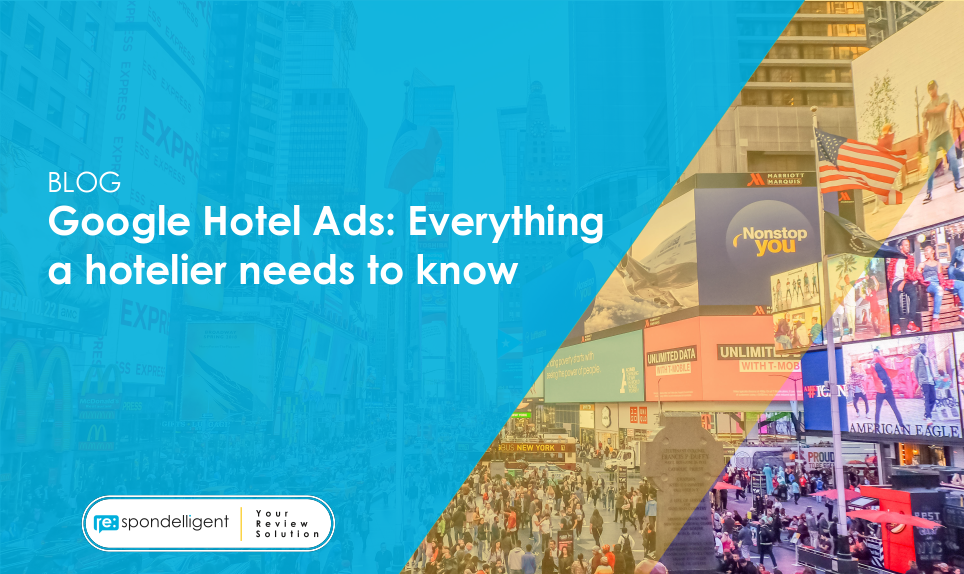
Google has a unique status in the online travel marketplace. It has developed various travel booking and itinerary management tools to help consumers search and plan their future trips.
But it also sells ads to travel companies that would like to have preferred placement on its booking tools. Travel ad spend accounts for around 12% of the company’s total ad revenue, according to the estimation of Skift.
Today, many people ask the question of whether Google would like to try to become an online travel agency. The search giant has already made some steps in this direction: it’s actively expanding its booking interface, so users don’t need to leave Google to complete a transaction.
We believe that it makes little sense for Google to seek to displace its largest advertising partners. At the same time, we expect that hotel spend on Google will continue to increase, and Google’s position in travel will continue to grow.
According to Skift’s research, approximately 10% of hotel bookings are acquired through Google Ads and Hotel Ads. The rest comes from OTAs, direct marketing, and other channels. In order to increase your hotel’s visibility on Google Search and Google Maps, you might like to use Google Hotel Ads.
What are Hotel Ads on Google?
This is a paid service that allows guests to immediately start the booking process. As an advertiser, you’ll pay only if your ad generates a click or a booking, and your ad will appear only when travelers are searching for a property matching your description.
Google Hotel Ads trigger for generic queries (“Hotels in Munich”) and for hotel specific queries (“Hotel Marriott Munich City”). Depending on what a user is searching for, he/she will see a list of hotels or one specific hotel with a description and booking links allowing him/her to complete the reservation.
Below you can see screenshots showing how Google Hotel Ads look like on Google Search and Google Maps. A little “Ad” sign indicates that it’s a promoted offer.
In March 2021, Google made a major change within the booking module. By clicking on “View more rates” below the paid ads, a user will be transferred to a page with more options including an organic list with free booking links from all “eligible partners”.
If you are a Hotel Center partner and running Google Hotel Ads, you are automatically eligible to show free booking links. If you don’t have a Hotel Center account but are interested in free booking links, you can fill out an interest form.
The ranking of free organic links is based on an algorithm that considers consumer preference, value offered to the user, landing page experience, and historical accuracy of the prices provided to Google. Commercial relationships with Google are not considered.
While users cannot change the display order of the entries, they can filter to show only those that offer free cancellation.
Offering free hotel listings potentially makes Google an even more competitive player in the metasearch space.
What are the benefits of Hotel Ads?
There are 3 major advantages of using this type of advertising for hoteliers:
1. Direct traffic increase
When users click on your Hotel Ad, they are taken directly to your hotel’s booking page. So, they are more likely to book with you without any third-party involved.
Perhaps, you are already promoting your hotel via Google Ads. It’s worth using a mix of two, as you are addressing a consumer at a different stage in the funnel. When users see your Google Ads, they are probably at the beginning of their research; whereas when they click on Hotel Ads, they are ready to book. As these ad types answer two different questions, you can use Google Ads for brand awareness and Google Hotel Ads for conversions.
2. Revenue increase
Users who have filtered results according to their time of travel and exact preferences and are about to click on your Hotel Ad are a highly qualified lead.
It’s more profitable for a hotel to capture such leads directly rather than letting them come through an OTA. As most OTAs take an average commission of 15%, a hotel can save up to half the cost by running the Hotel Ads campaign.
3. Guest data ownership
Another important advantage of receiving direct conversions is that you own your guest data. You can gather valuable statistics and continue the relationship even after the guests have checked-out by engaging them in different marketing activities and loyalty programs.
How do you start with Google Hotel Ads?
Earlier this year, Google announced that Hotel Ads will be integrated into Google Ads where they introduced a new campaign type called Hotel campaigns. This is quite beneficial for advertisers as a lot of the tools such as audience targeting and reporting capabilities that are available in Google Ads will be part of the Hotel Ads infrastructure. If you’d like to get started with Hotel Ads, follow these steps:
- Create a Google Hotel Center account and set up your hotel price feed to manage your hotel rates and availability across Google.
- Link your Hotel Center account to a Google Ads account.
- Create a Hotel campaign in Google Ads.
Creating your own hotel price and availability feed is a very technical process. Google recommends contacting a third party. However, if you’d like to directly integrate to Google you can use Google’s start guide for more information.
How does bidding work in Google Hotel Ads?
Next to creating a data feed, bidding is another essential part of the Hotel Ads. This is how it goes:
- When a user selects a hotel, Google selects the list of partners who have provided prices and bids for that property.
- Only partners who have the availability and can best serve the user (for example, language or currency support) are retained in the filtered list.
- At this stage, partners with similar prices are grouped into price buckets where they are ranked in ascending order of price.
- Within each price bucket, the partners are ranked depending on their bid value. Only four to six partners can be shown based on this ranking.
- If your bid is lower than the reserved bid, your ad won’t be shown, regardless of its price bucket. If you’d like to determine how often you missed an opportunity to show your ad due to insufficient bid, you can check Google’s Campaign Opportunity report.
Google offers a variety of bidding strategies, you can use in the Hotels Ads campaign:
- Max Cost-Per-Click (fixed or percent). In this strategy you can adjust your bids manually. The CPC can be set as a fixed amount or a percentage of the room price per night and is paid when a user clicks on your ad.
- Enhanced Cost-Per-Click. You can let Google Ads optimise for conversions by automating chosen bids. We recommend starting with this strategy before you gain enough data and switch to one of the strategies below.
-
Commissions (per conversion). You set a bid as a percentage of booking value you’d like to pay, and Google Ads sets optimal cost-per-click to maximise conversions.
-
Commissions (per stay). The commission is paid on consumed guest stay. It removes any risk of cancellation. It’s required to submit a reconciliation report containing actual guest stays at least every month.
If you use a CPC model, you can apply bid multipliers to your base bid. We highly recommend using bid multipliers to increase or decrease your bids depending on the goal you would like to achieve.
For example, you may like to attract guests who are staying for a longer period, as more nights booked equals more revenue. So, you can use the length of stay the guest indicates in the search preferences as a multiplier in calculating the effective bid.
How to set up conversion tracking?
Reliable conversion tracking is essential to effectively run Google Hotel Ads. Some automated strategies such as Commissions (per conversion) and Commissions (per stay) can’t be used if you haven’t set up conversion tracking with transaction-specific values.
The easiest way to set up conversion tracking is via Google Tag Manager (for more information about how to install and set up Google Tag Manager visit this page). Once you have installed Google Tag Manager (GTM) on your website and implemented a Google Analytics page view tag deployment, you set up e-commerce tracking for your Google Hotel Ads.
First, ensure that your GTM container has been integrated into all the booking engine’s steps. If you have an external provider, ask them to implement the container and provide its ID. Then you set up an e-commerce tag in your GTM account that is triggered when a booking takes place.
Practically, guests convert not on the hotel’s website but on the site of the booking engine, so on a different domain. That’s why it’s important to ensure that you track your bookings across multiple domains. In order to do that, open your Google Analytics Settings variable in your GTM account, click to Edit, and follow these steps:
- In Fields to Set add a field with a Field Name of allowLinker and a Value of true.
- In Cross Domain Tracking enter a comma-separated list of domains where you’d like to track conversions from.
The last step is to import the transactions data from Google Analytics into Google Ads. Now you are all set to track your bookings and optimize your campaigns to maximize conversions.
As Google Hotel Ads are quite complex, we would be glad to consult you and help to set them up for you. We will keep you up-to-date on the Google Ads integration and Hotel Ads in general. Let us know if you have any questions in the comments below.
Try Our Hotel Review Management Solution
Use our app for 1 month for free. No credit card required.
Want new articles before they get published? Subscribe to our Awesome Newsletter.

About the Author
Natalia is a Co-Founder of re:spondelligent. She is passionate about helping businesses manage and respond to their customer reviews and loves sharing her industry and marketing knowledge to help brands succeed.


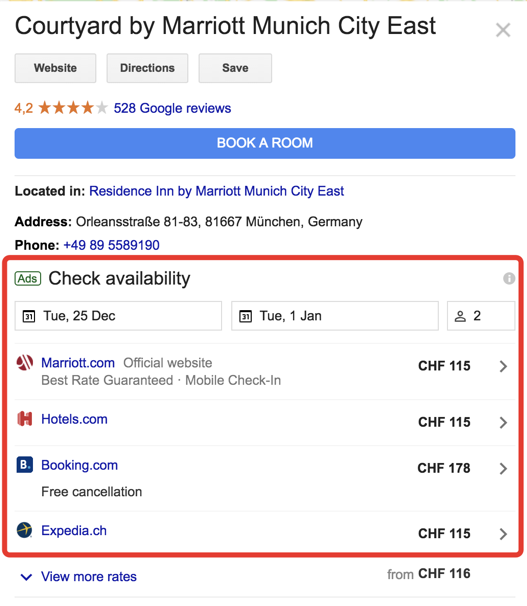
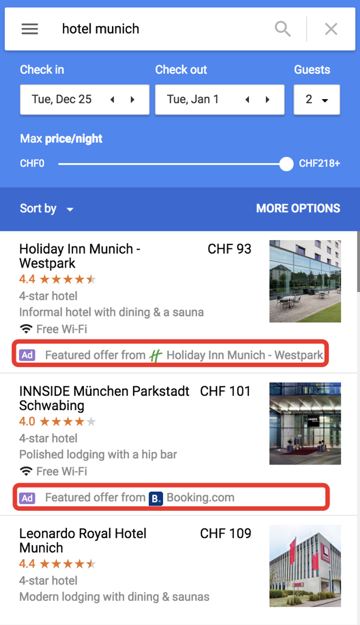
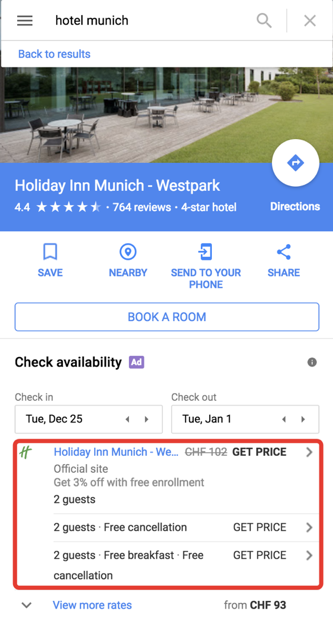
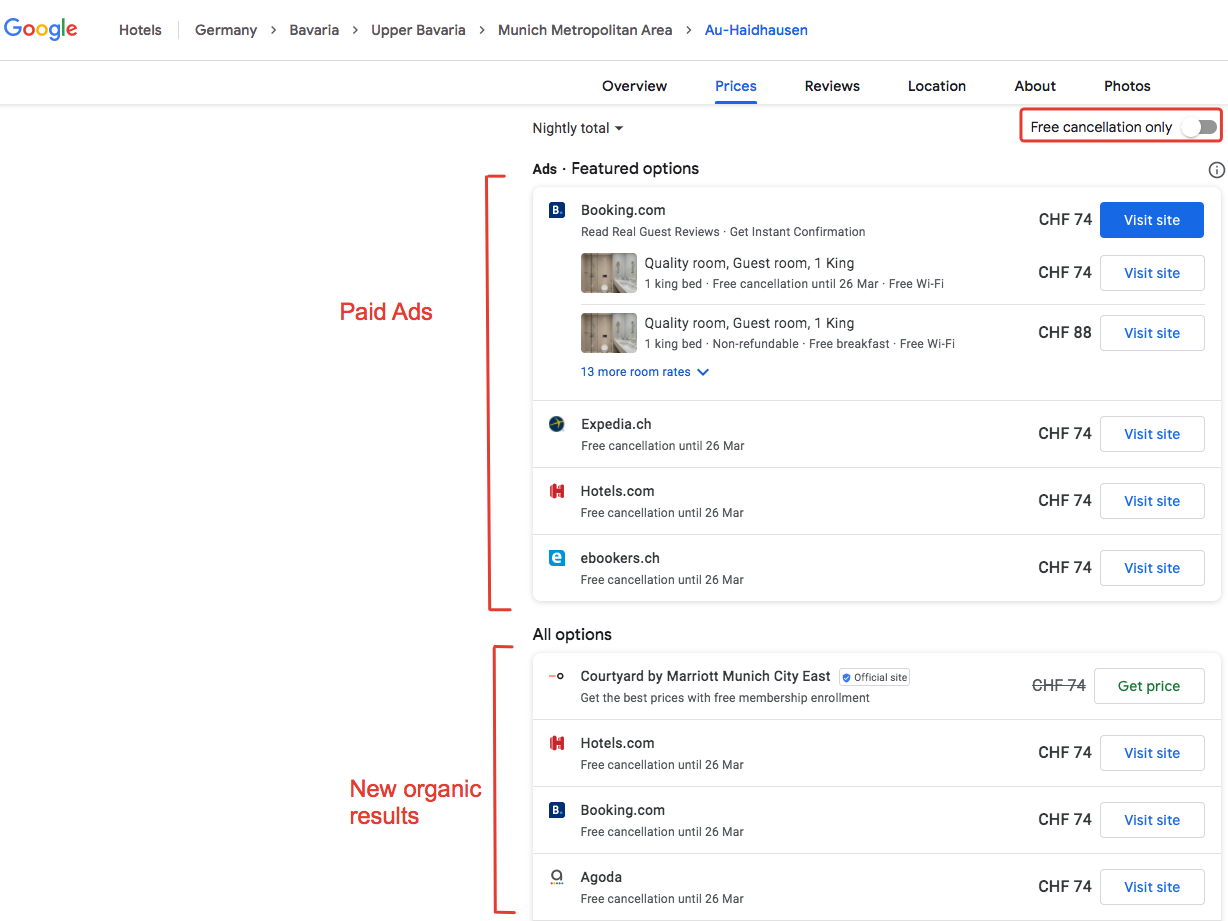
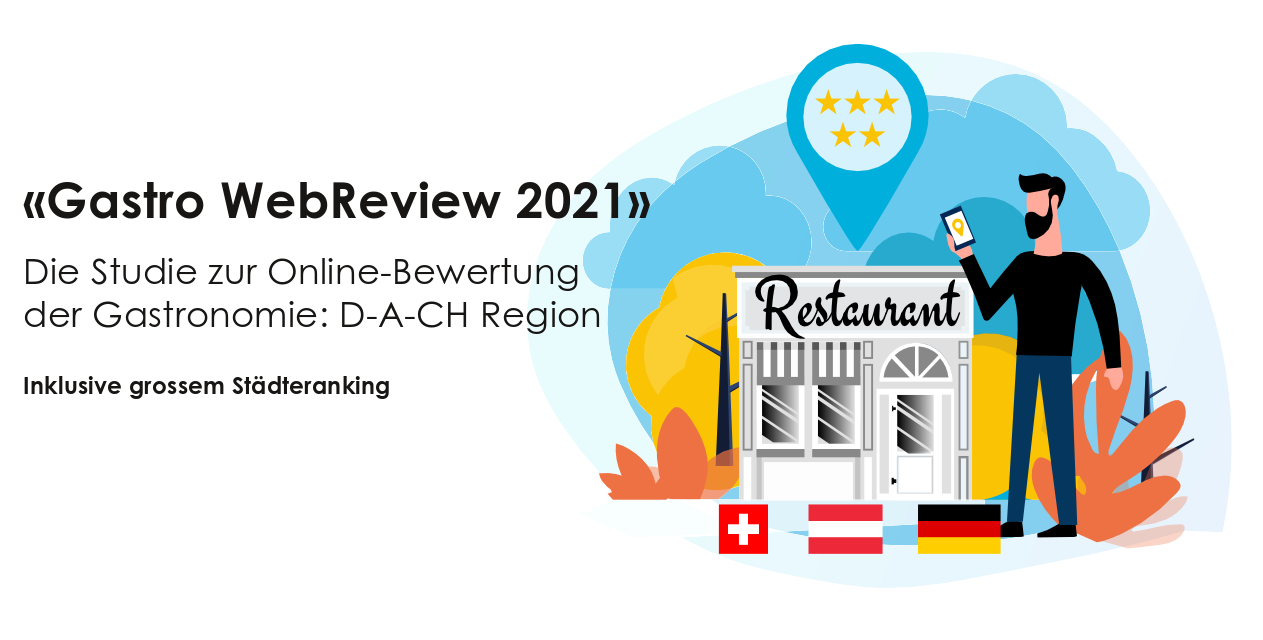
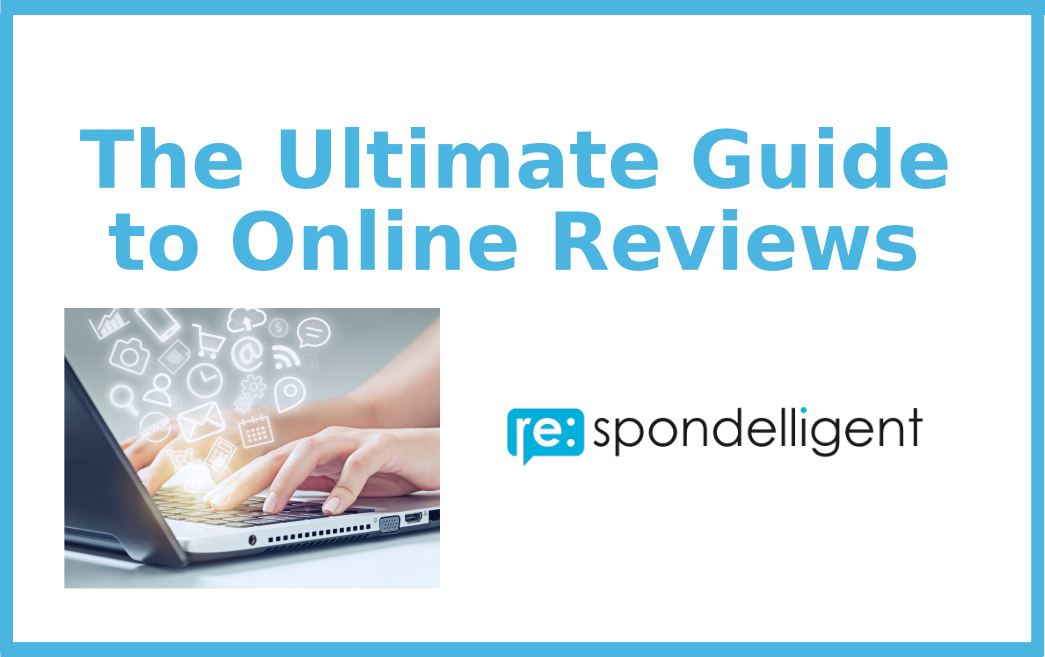

I want to thank you for this article, with the help of this blog post I got a lot of information and give me an idea to do it batter. Keep giving us this information.
Hi! Thanks a lot for this great comment. I’m glad you found it helpful. Stay tuned as we are frequently publishing new articles about Google products as well as such topics as online reviews and online reputation.